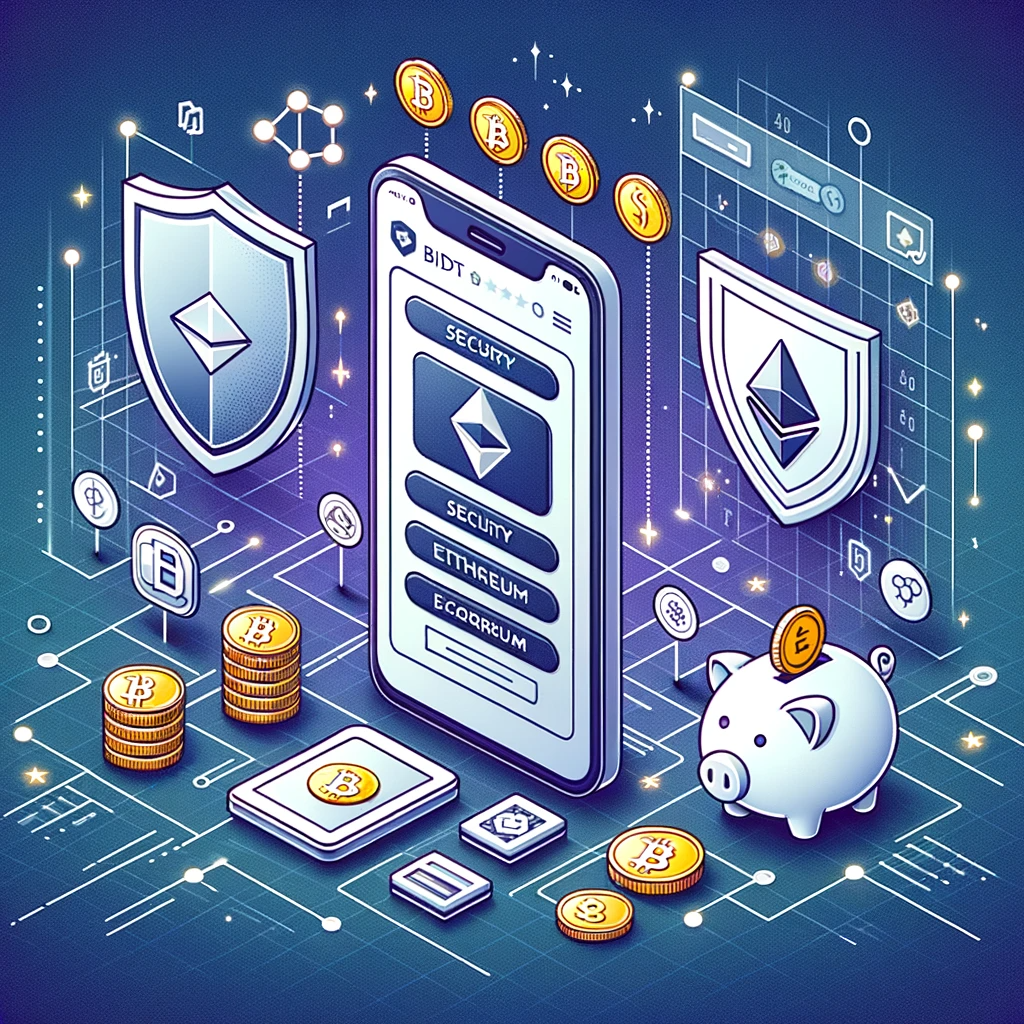
Crypto Essentials: Mastering the Art of Secure Wallet Transfers
With the increasing popularity of cryptocurrencies, understanding the process of secure wallet transfers is essential for every crypto enthusiast. Whether you are a seasoned investor or just beginning to dip your toes into the crypto world, mastering this art will ensure the safety and security of your digital assets. In this comprehensive guide, we will explore the fundamentals of secure wallet transfers and provide you with essential tips to protect your investments.
What is a Crypto Wallet?
A crypto wallet is a digital tool that allows users to securely store, receive, and transfer cryptocurrencies. It serves as your personal vault to keep your digital assets safe from potential threats. A typical crypto wallet consists of two essential components: a public key and a private key.
The public key, also known as the crypto address, is similar to your bank account number. It is a unique alphanumeric code that enables others to send cryptocurrencies to your wallet. On the other hand, the private key is like the password to your bank account. It grants you access to the funds stored in your wallet and must be kept confidential to prevent unauthorized access.
The Importance of Secure Wallet Transfers
When it comes to transferring cryptocurrencies between wallets or individuals, ensuring the utmost security is of paramount importance. The decentralized nature of cryptocurrencies means that there is no central authority responsible for verifying and authorizing transactions. Therefore, it is crucial to follow best practices to avoid falling victim to theft, hacking, or any other malicious activities.
Understand the Basics: Hot Wallets vs. Cold Wallets
Before mastering secure wallet transfers, it is essential to familiarize yourself with the two primary types of crypto wallets: hot wallets and cold wallets.
A hot wallet refers to a wallet that is connected to the internet, making it easily accessible for conducting transactions. While convenient for everyday use, hot wallets are more susceptible to hacking attacks due to their online presence. Examples of hot wallets include mobile wallets, browser extensions, and web-based wallets.
On the other hand, a cold wallet is a wallet that is offline and disconnected from the internet. Unlike hot wallets, cold wallets provide optimal security as they are not vulnerable to online threats. Cold wallets come in various physical forms, such as hardware wallets (e.g., Ledger, Trezor) and paper wallets, providing an extra layer of protection.
Mastering Secure Wallet Transfers: Best Practices
1. Choose the Right Wallet: Selecting a reputable and secure wallet provider is the first step in mastering secure transfers. Research different wallet options, read reviews, and ensure that the wallet you choose offers robust security features.
2. Update Regularly: Keep your wallet software up to date to benefit from the latest security patches and improvements. Developers frequently release updates to address vulnerabilities, so staying current is crucial.
3. Protect Your Private Key: Your private key is like a digital asset's passphrase. Safeguard it by not sharing it with anyone and storing it offline in a secure location. Consider using a hardware wallet to store your private key securely.
4. Enable Two-Factor Authentication (2FA): Enable 2FA whenever possible to add an extra layer of security to your wallet. Two-factor authentication typically requires both a password and a secondary verification, often a unique code sent to your mobile device, to access your wallet.
5. Be Wary of Phishing Attempts: Hackers often use phishing emails or websites to trick individuals into revealing their private keys. Always double-check the sender's email address and website URL before entering any sensitive information.
6. Confirm the Receiving Wallet Address: When initiating a transfer, double-check the receiving wallet address to avoid any mistakes. Cryptocurrency transactions are irreversible, so a wrong address can result in the loss of your funds.
7. Test with Small Amounts: Before transferring significant amounts of cryptocurrencies, it is advisable to test the process with a small amount. This can help identify any potential issues or errors before putting larger funds at risk.
The Future of Crypto Wallets
Crypto wallets continue to evolve with the advancement of technology and the growing needs of crypto enthusiasts. As the industry matures, we can expect more user-friendly and secure wallet solutions to emerge.
New technologies like multi-signature wallets, which require multiple approved signatures for transactions, are gaining popularity for added security. Moreover, advancements in biometric authentication, such as fingerprint or facial recognition, may provide additional layers of protection against unauthorized access.
Remember, the crypto world can be complex and ever-changing, but by mastering the art of secure wallet transfers, you can navigate this exciting landscape with confidence and peace of mind.
In conclusion, understanding the basics, employing best practices, and staying updated with the latest security measures are paramount to mastering secure wallet transfers. By following these guidelines and remaining vigilant, you can ensure the safety and security of your digital assets in the world of cryptocurrency.




